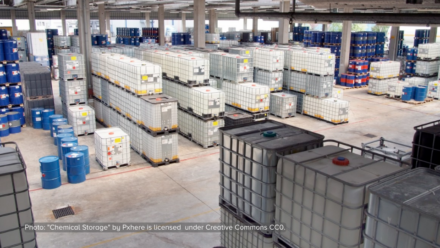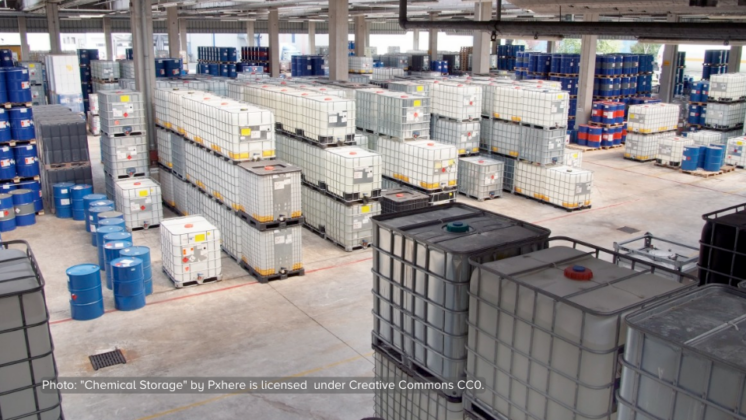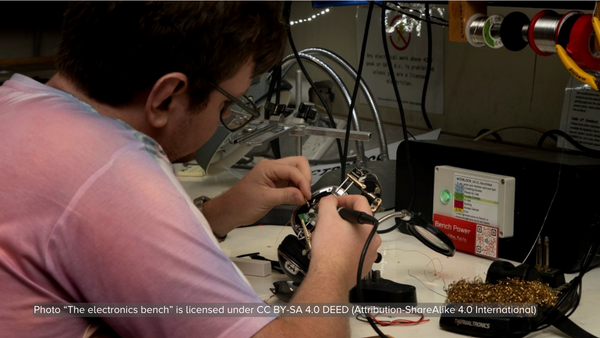It seems reasonable that the lockdowns during 2020 would increase the needs and sale of gadgets and other electronic devices for working and staying at home. However, a report that is currently published shows a different thing. During the first three quarters of 2020, there was a reduction of 4.9 million metric tonnes (Mt) in waste of electronic and electrical equipment (e-waste) generated in the future due to the COVID-19 pandemic, especially in the first and second quarter of 2020.

The reduction mostly comes from third-world countries where people do not have access to modern communication technologies and other electronics and lost income and jobs due to the covid-19 pandemic. On the other hand, in middle and high-income countries, the consumption of game consoles, cell phones, electric ovens, and laptops increased due to covid-19. The latter leads to the increase of e-waste by a weight of 4%.
A report published by United Nations University (UNU)/United Nations Institute for Training and Research (UNITAR) shows that covid-19 has widened the inequality between advanced and third-world countries.
The report also shows other factors contributing to the reduction in third world countries and, on the other hand, increase in advanced countries. One of them is the availability of e-waste collection and management in advanced countries.
Read the report here.











